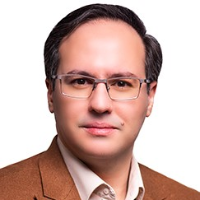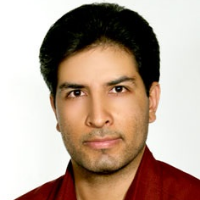Optimization of effective parameters on ultrasonic horns in simple shear extrusion process using taguchi design of experiments
In the present research, the effective parameters of ultrasonic horns in the ultrasonic-assisted simple shear extrusion process and the selection of the best choice are discussed. At first, the main input parameters (horn type, material, and dimensions) were determined to be used in the design of the experiments. Then, the experiments for input parameters were designed using the Taguchi method in Minitab software. The output results of the forming force for each level were obtained using finite element simulation in Abaqus/Explicit software. The optimization of the input values was investigated based on the-lower-the-better condition of the signal-to-noise (S/N) ratio. The optimal levels of the horn input variables were determined to achieve the minimum forming force during the ultrasonic-assisted simple shear extrusion process. After the design of experiments and the finite element simulations, the proposed horn was manufactured according to the optimal input values and then it was connected to the simple shear extrusion die. In the presence of ultrasonic vibrations, an 11% reduction in forming force was reported compared to the process without ultrasonic vibrations. A comparison of experimental and simulation results in the ultrasonic-assisted simple shear extrusion process showed a 9% error, which validated the numerical simulation.
-
Statistical Analysis of Quenching & Partitioning Effects on Mechanical Properties of 1.7102 Steel Using ANOVA Technique
A.A. Abedini, H. Rastegari, S.M. Emam *, S.M.H. Seyedkashi
Iranian Journal of Materials Forming, Autumn 2024 -
A New Ultrasonic-assisted Simple Shear Extrusion Process in Production of Ultrafine Grained Copper
M. Balali, S. M. H. Seyedkashi *, A. Hasanabadi, H. Gorji, H. Baseri, M. Khosravi
International Journal of Engineering, Apr 2025 -
A review of the mechanical characteristics and applications of structures designed based on triply periodic minimal surfaces and their modeling methods
Porya Torabi, *
Mechanical Engineering,



